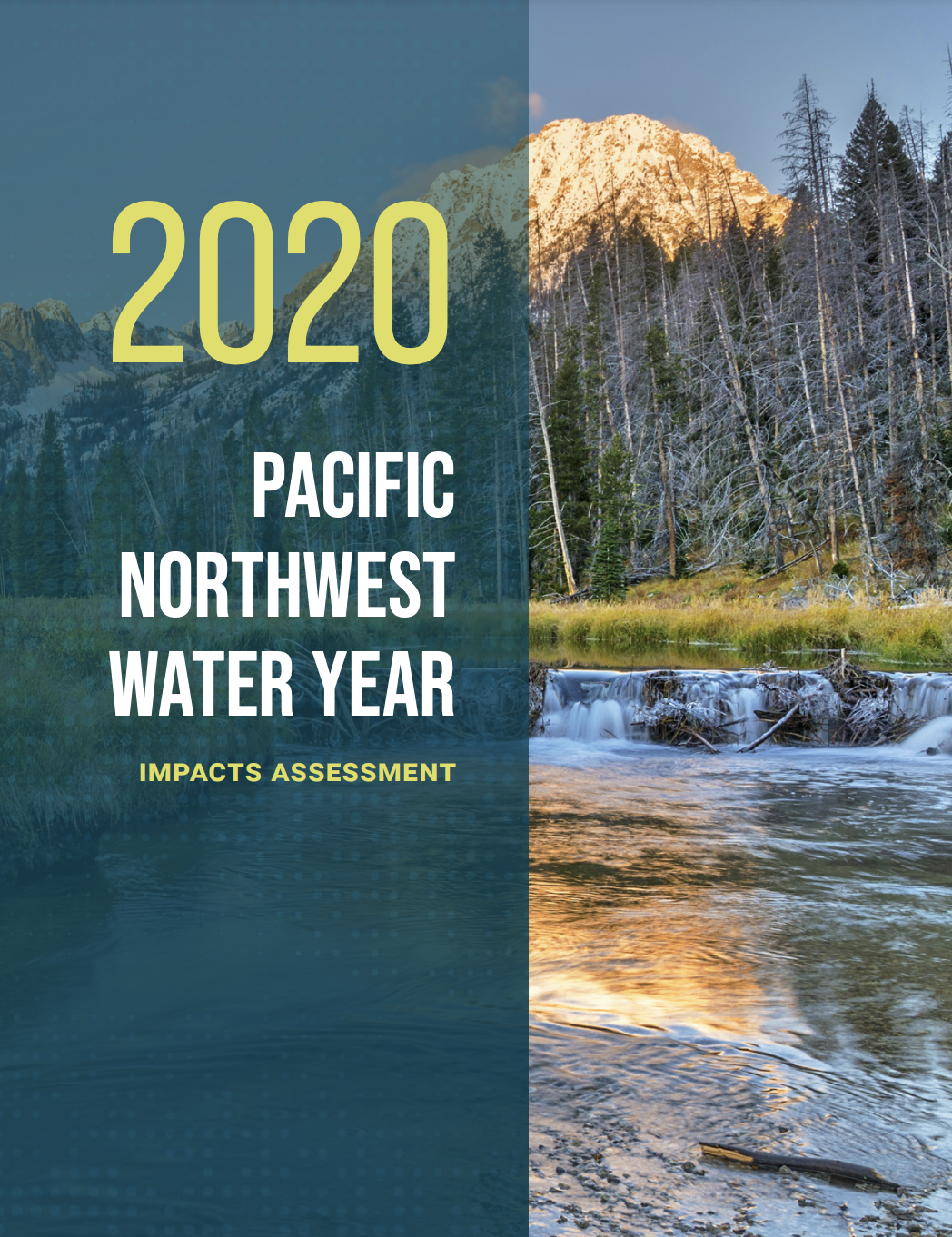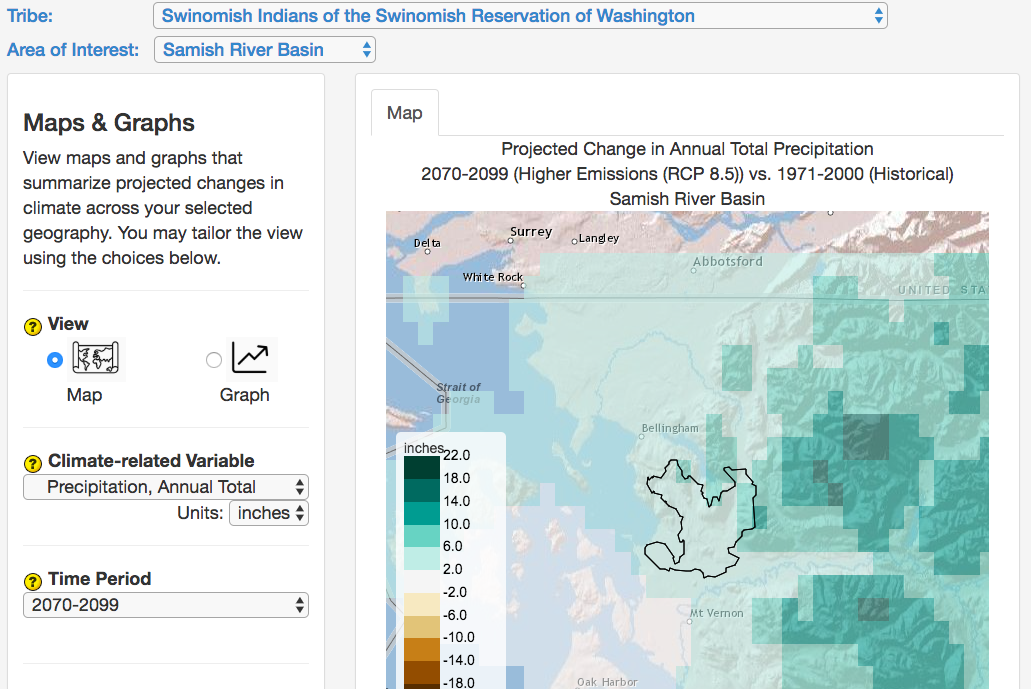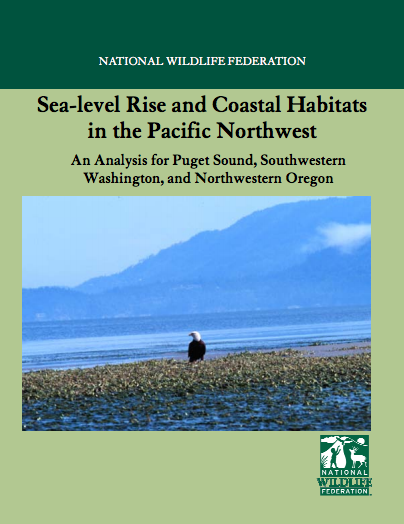Pacific Northwest Water Year Impacts Assessment 2020

Posted by
CAKE TeamPublished
Abstract
In Water Year 2020, most of Oregon experienced a significant drought with dominant impacts that included wildfires, agricultural and livestock losses, and limited outdoor recreation. Drought in Washington and Idaho was not as widespread or significant, with localized drought in a few basins in south-central Idaho and east of the Cascade Mountain crest in central Washington. Washington and Oregon also experienced major flood events in February; those impacts and others are highlighted as well.
For several years, researchers, practitioners, and boundary spanning organizations in Oregon and Washington have held a joint Water Year Recap and Outlook meeting. A separate but similar meeting in Idaho is also held each year. A water year is defined as the 12 months beginning on October 1 and ending on September 30 of the following year (e.g., water year 2020: October 1, 2019–September 30, 2020).
Two main objectives of the water year meetings are:
- To summarize the climate conditions of the previous water year
- Review climate and weather-related impacts to various sectors, focusing on drought and other extreme events and conditions
In addition to the impact discussions at the water year meetings, a Pacific Northwest (PNW) regional survey to collect water year impacts for multiple sectors was developed in fall 2020. The purpose of this assessment is to summarize the water year conditions and sector impacts as a resource for future management of drought and other climate extremes, using the information from the meeting discussions, the survey, and author expertise.
In water year 2020, most of Oregon experienced a significant drought with dominant impacts that included wildfires, agricultural and livestock losses, and limited outdoor recreation. Drought in Washington and Idaho was not as widespread or significant, with localized drought in a few basins in south-central Idaho and east of the Cascade Mountain crest in central Washington. Washington and Oregon also experienced major flood events in February; those impacts and others are highlighted as well.
This is the first annual assessment. View the 2021 and 2022 Pacific Northwest Water Year Impacts Assessments.
Citation
Bumbaco, K.A., C.L. Raymond, L.W. O’Neill, D.J. Hoekema (2021). 2020 Pacific Northwest Water Year Impacts Assessment. A collaboration between the Office of the Washington State Climatologist, Climate Impacts Group, Oregon State Climatologist, Idaho Department of Water Resources, and NOAA National Integrated Drought Information System.




